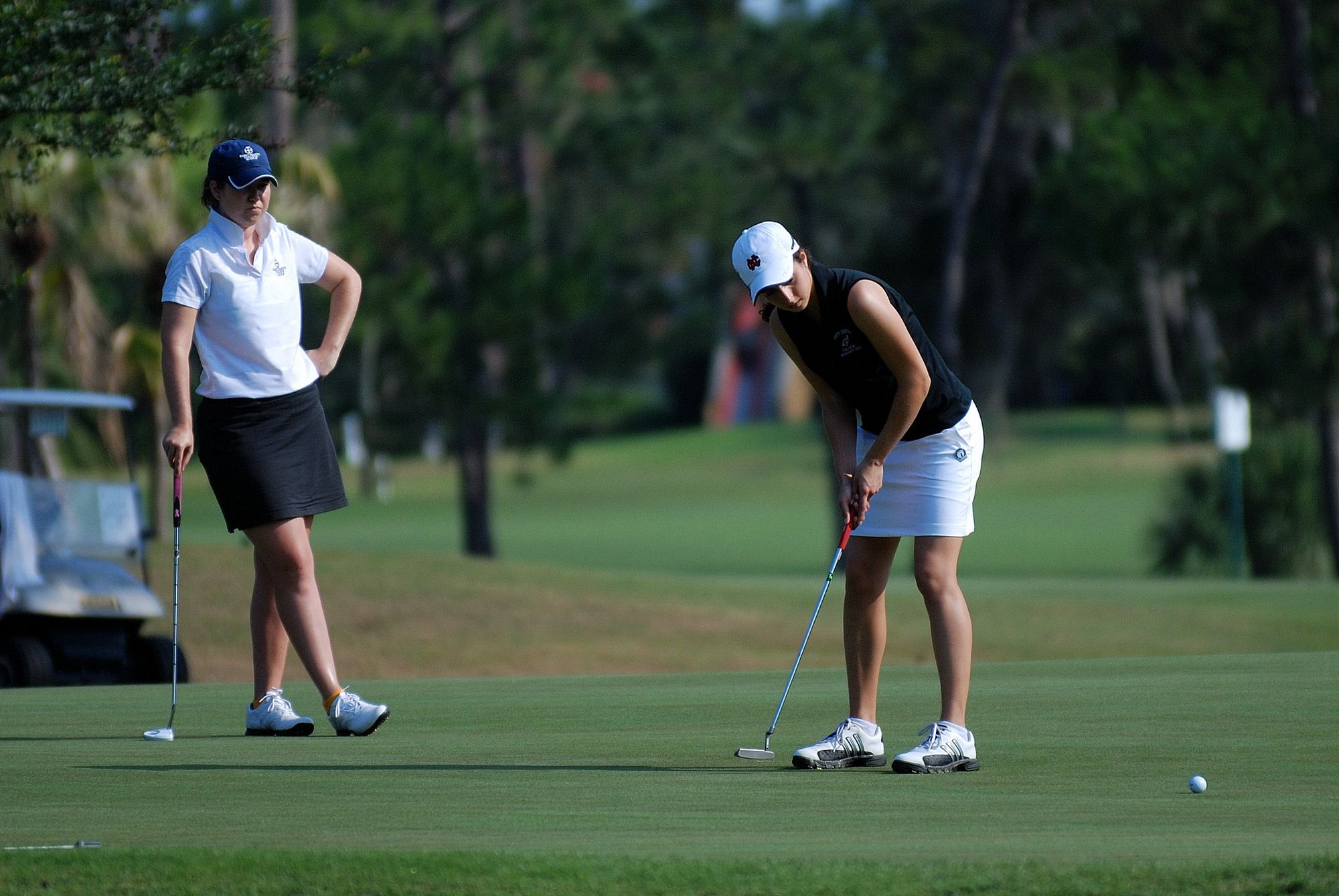
In recent years, Golf has undoubtedly entered into a more modern, forward-thinking, and positive era. A significant contributing factor to this development is the remarkable increase in women’s golf participation. But why are more women than ever taking up the sport?
The male to female ratio of UK Golf participation changed dramatically in 2020 as the number of women taking to UK Golf courses more than tripled during the outbreak of the Covid-19 pandemic - a rise that saw nearly 1.5 million ladies playing at least one full round of golf that year. To mark International Women’s Day, we’ve decided to look into the range of factors that have contributed to the enormous rise of female participation in golf.
Barriers to entry
Regrettably, there have long been multiple barriers to female participation in golf, and these have each served to prevent more women from taking up the sport. Golf is not known for being one of the cheaper sports, and the cost of taking it up as a full-time hobby has certainly deterred countless would-be participants.
High costs are widely believed to have been a major factor in preventing many women (and men) from participating in golf. Joining fees and membership prices are certainly not cheap, not to mention the cost of buying all the necessary equipment such as fitted golf clubs and clothing. Irrespective of price, though, simply getting hold of ladies' golf clothing and equipment can be difficult, as shops tend to predominantly cater to male golfers.
Costs aside though, perhaps the most significant barrier to women’s participation has been the widespread perception that golf is a male-dominated sport. Incredibly, it was only five years ago that Muirfield Golf Club, a prestigious Open track, was caught up in a sexism row after its refusal to overturn a 228-year men-only rule. A golf club with enormous history, most notably for being a regular on Britain’s iconic golf major championship circuit was stripped of its Open Championship status as a result of its decision.
Though a regrettable decision, the Muirfield controversy, and the associated media storm, cast a light on how certain sections of the sport were continuing to fail women.
Signs of progress
Today though, we are seeing incredible growth in female participation, and the barriers to entry are slowly fading.
Alistair Dunsmuir, the editor of the magazine, The Golf Business, explained how a large number of UK golf clubs have been proactive in attracting more female golfers. Certain clubs have ensured easier access for lady golfers by scrapping female joining fees, lowering membership prices, or putting on free taster sessions to get females involved.
More coaching sessions have also been put into place, supported by female golf professionals and the coaching staff at hand. We’ve even seen the emergence of some women-only golf courses that seek to provide a friendly and less-daunting environment for newer female golfers. Other courses have brought in a range of initiatives, including the introduction of creches and more post-golf social activities, to encourage the participation of women in the sport.
The real transformation in women’s participation occurred during the Covid-19 pandemic largely because golf was among the first outdoor activities to be permitted as restrictions were gradually eased. For many women, it was the perfect opportunity to give the sport a go.
Prior to the pandemic, female golf participation in UK golf was estimated to be 12-14%. Since the pandemic, however, this figure has now risen to an astonishing 28%. Furthermore, 95% of the 830,000 women who tried golf for the first time in 2020 said they will continue playing golf.
In conjunction with the pandemic, the rise of female golf influencers served to encourage more women to take to the fairways. High-profile female influencers and professional tour players helped raise the profile of the women’s sport, and live coverage of golfing female events - including the Solheim cup and Rose Ladies Series - created a buzz around the sport.
What's more, we've seen a surge in the availability of women's golf products. Today, women increasingly feel welcome in golf stores and pro shops, and can readily find suitable equipment and clothing - something that was distinctly lacking just a few short years ago. There is, of course, still much to be done, but the signs of progress are encouraging and unmistakable.
The old stereotypes of golf as a male-dominated, elitist sport are gradually being erased - and the enormous growth in female participation is perhaps the strongest indicator that golf is moving into a new era. We're excited to see what 2022 has in store for the women's game...watch this space.